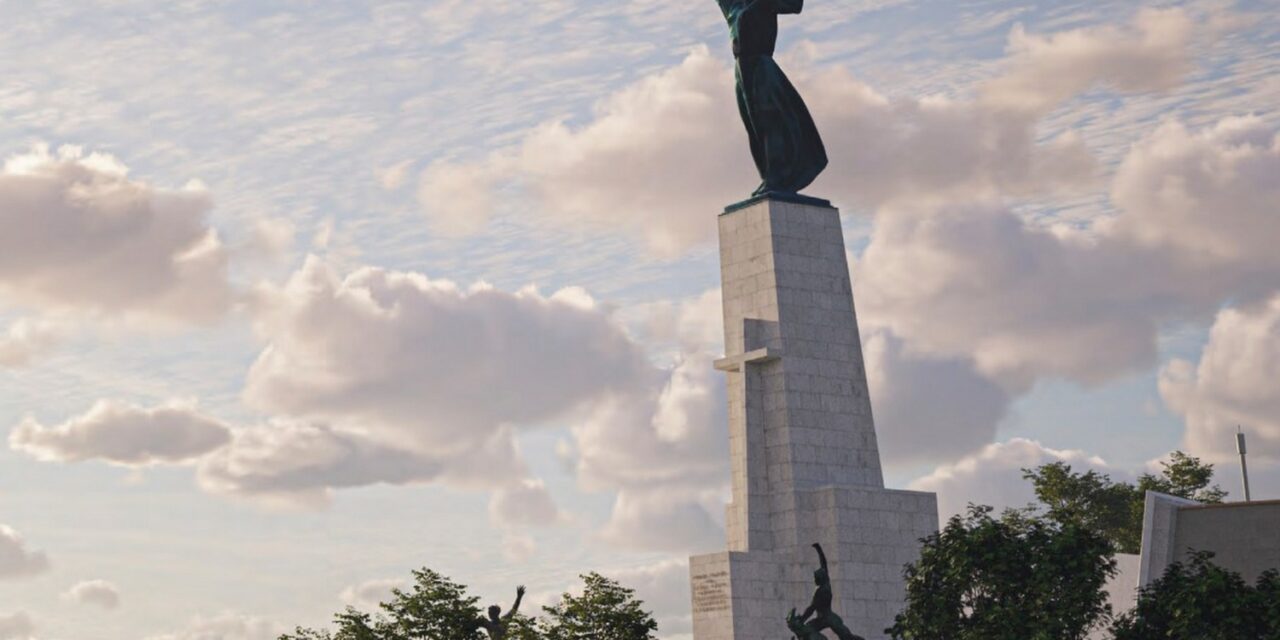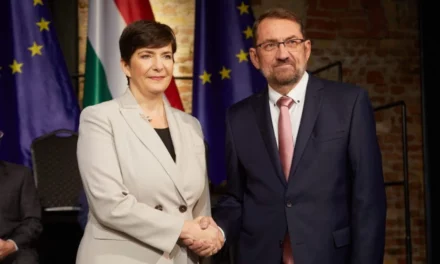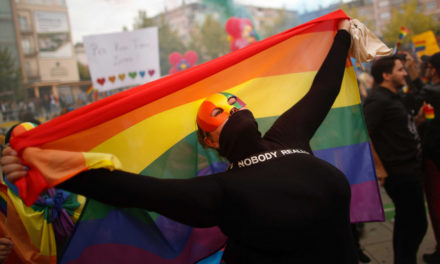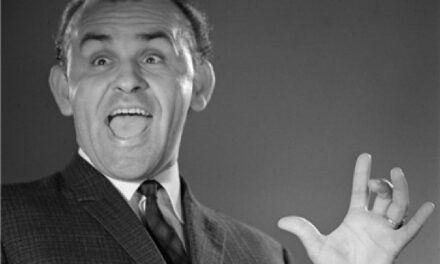The signatures are being collected, but we know how easily the voice of those who cry out for the Nazarene is transformed into Barabás. In addition, Pilate's current question is already divisive: should there be a cross on the pedestal of the renovated Statue of Liberty ?
The transformation of the former Austrian fortress on top of Gellért Hill has been going on for years, during which they are trying to make the structure, hated or at least not loved by many, acceptable. From the currently inaccessible construction area, it is known that on the one hand, the fortification will be made passable for those walking on it, and on the other hand, the museum of Hungarian freedom will be located between the walls that remind us of our previous occupiers. There were plenty of people we had to fight against. If the Tatars didn't even shoot arrows from this height, because there was nothing to do, the Turks and then the Habsburgs already saw the hill of Szent Gellért as the location of the fortress holding Buda in check. The Soviets then erected a monument on the summit to remind us: they didn't occupy us, they liberated us. It is true that the red soldier with a machine gun standing at the pedestal of the female figure with palm branches stepped down almost at the same time as Ostyapenko and General Silov, but the words of official gratitude written on the obelisk in Cyrillic letters were burned into the memory of the elders. Those concerned about Christian Europe want to rededicate everything that was desecrated in the past. Those born after the system change do not know the message of Cyrillic letters, and fortunately they cannot imagine the red star that has been adorned there for decades even on the dome of the Parliament. And of those who knocked down the five-pointed emblem from the facades in '56, or cut out the party-state coat of arms from the flag, hardly anyone is alive anymore. Which form would they sign?
of the Statue of Liberty aroused unexpected emotions . In Hungary, which is generally regarded by the world as a Christian country. When value debates take place, or when we express an opinion on universal issues in a national consultation or referendum, our decisions are mostly shaped by Christian principles. Along with all this, of course, we can also experience the changes of recent decades in our daily lives. If we pay attention to the census data, we can conclude that in the first two decades of the 2000s, the proportion of those who profess to be Christians in the population almost halved. It is also telling that after the last census it was not mandatory to declare one's religiosity, forty out of a hundred people did not even think it was important. Or, if he did, he could not decide for himself whether he was godly. Maybe he was afraid to say it. Since the system change - i.e. the freer role of the churches and the introduction of religious education in schools - even with the greatest goodwill, only every second Hungarian professes his faith. Moreover, living as a Christian is an even more trying task than confessing.
I wonder what we will see when the scaffolding of the Statue of Liberty is demolished. By then, it will also be clear whether the supporters of the cross or the protesters can call themselves winners. But everyone just wants to be satisfied...
Author: Attila Miklós Németh
Cover image: National Haussmann Program













